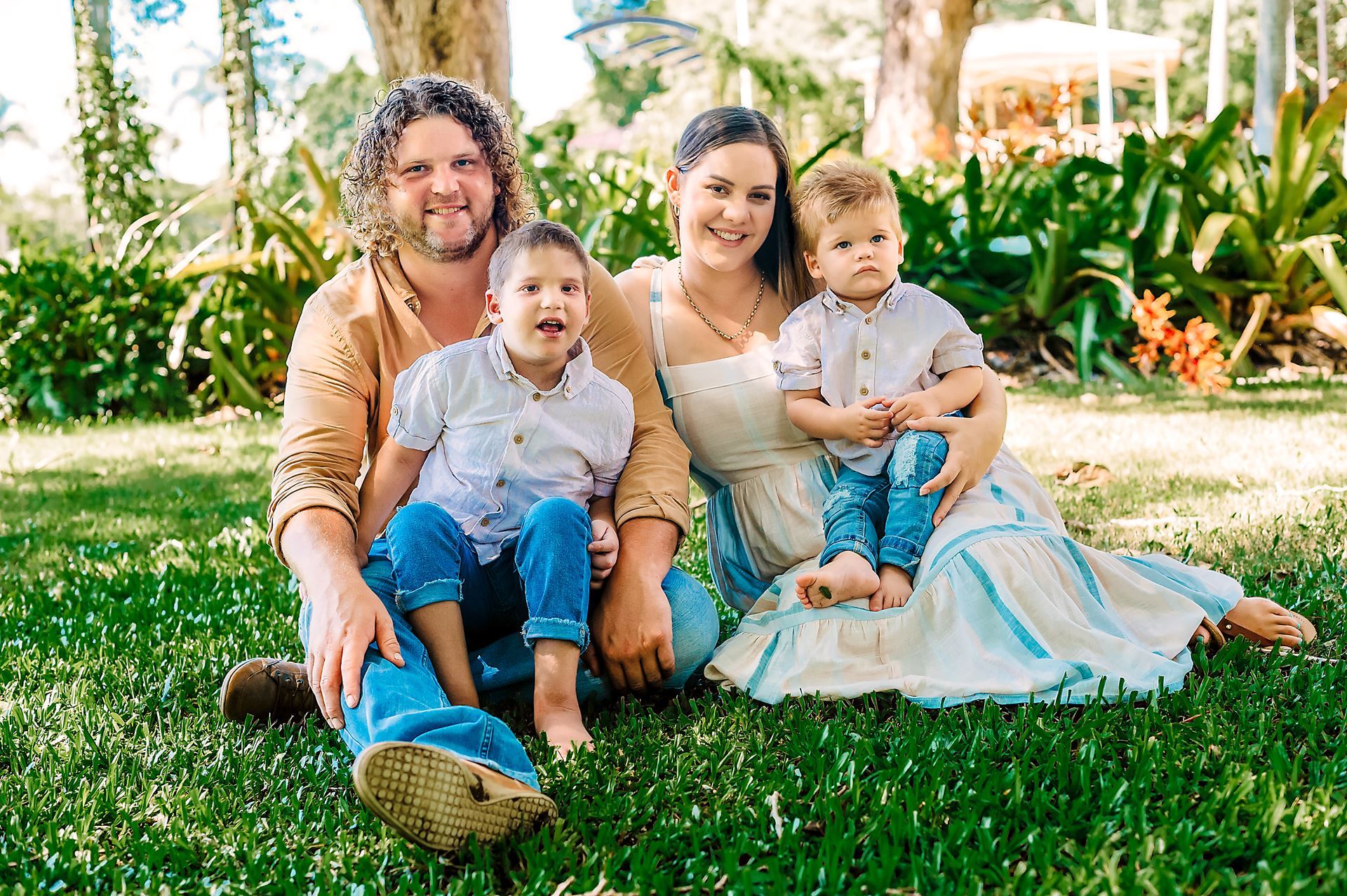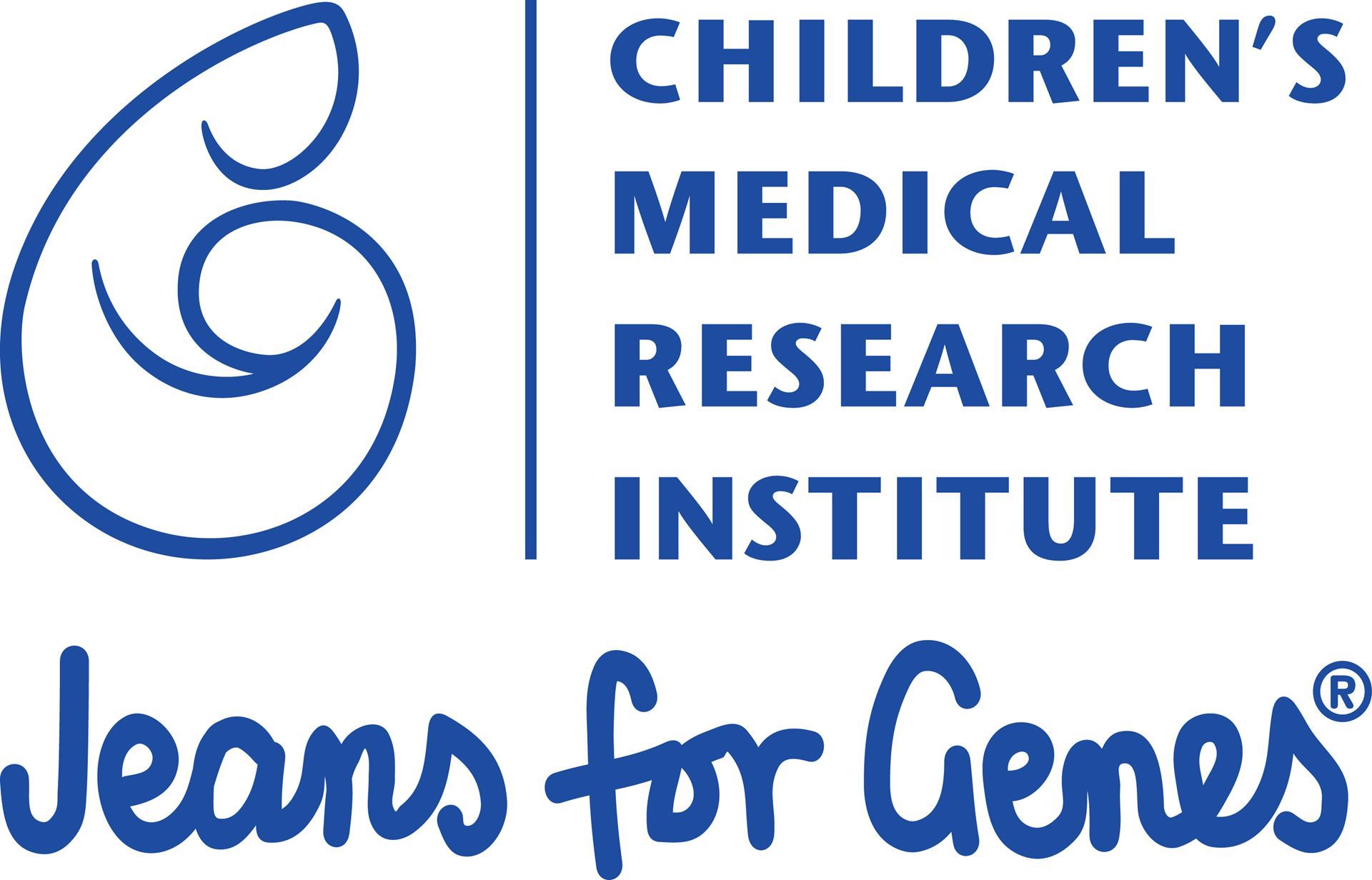 The family of a five-year-old boy, Grayson, who died of a rare genetic disease is grateful that a team of Westmead scientists has discovered the faulty gene that caused his rapid deterioration, a discovery that has already helped his baby brother and will significantly impact future generations.
The family of a five-year-old boy, Grayson, who died of a rare genetic disease is grateful that a team of Westmead scientists has discovered the faulty gene that caused his rapid deterioration, a discovery that has already helped his baby brother and will significantly impact future generations.
Grayson had a genetic disorder known as Dyskeratosis Congenita. This is a disorder of telomere biology, which often has severe consequences. DNA in human cells is bundled into 46 chromosomes, and the two ends of every chromosome are protected by structures called telomeres. In telomere biology disorders, telomeres fail to provide proper protection for the DNA at the ends of chromosomes which can lead to a spectrum of health problems including bone marrow failure leading to the inability to make new blood cells.
Despite multiple bone marrow transplants during his short life, Grayson died in May.
His parents Rachel and Leighton Little have been outstanding advocates for medical research and took part in a study conducted by a team of researchers at Children’s Medical Research Institute (CMRI) in Sydney and Peter MacCallum Cancer Institute in Melbourne, which has been published in the scientific journal Blood Advances.
“Research helped us to get a diagnosis and understand a condition that no one seemed to, and it allowed us to plan to extend our family, as well as to educate the rest of our family about the risks to them,’’ Rachel said. “It is important to us that we also help others. I don’t want anyone else to feel alone like we did.’’
In the study, the team led by Professor Tracy Bryan, a leading international expert on telomeres and Head of CMRI’s Cell Biology Unit, discovered what caused Grayson’s very rare condition.
“Each of us has two copies of the gene, and Grayson’s parents happen to carry a different mutation in one copy of the gene,’’ Professor Bryan said, “so they each have one normal copy and one copy with a mutation. Both of the copies inherited by Grayson had a mutation, which led to bone marrow failure, digestive tract problems, liver problems and developmental delay while his parents who each had only one faulty copy of the gene were unaffected.’’
Telomere biology is complex, and what no one could tell Rachel and Leighton was why the combined effect of their genetic mutations had caused such a severe disease. The gene responsible encodes a component of an enzyme called telomerase, which is critically important for maintaining the protective role of telomeres.
“Our colleagues at Peter Mac alerted us to the presence of the two mutations in Grayson’s DNA, but because these mutations had never been seen in patients before no-one knew what effects they were having,” Professor Bryan said. “Using the technology, we have developed for studying telomerase, built up over the last two decades, we demonstrated that each of these mutations affects a different property of telomerase, and when the two mutations are combined, there is an unexpected interaction between them, resulting in a defect more severe than simply the additive effect of the two mutations. The most striking outcome of the analyses was the interaction between the two variants.’’
“Our findings have already had an impact on the family, allowing them to have a healthy baby brother to Grayson, and the results emphasise to researchers and clinicians in this field of medicine the importance of analysing combined mutations to reveal their full effect. Also, if other patients around the world are found to have the same mutations, they won’t have to wait for a molecular diagnosis; this publication will alert their clinical team that the mutations cause telomere shortening.’’
“Of course, while this work has given the family an understanding of what caused Grayson’s illness, we are devastated that there was nothing more that could be done to save him. Our work is not over – the next step for us is to use current gene technology to develop much better treatments for patients with this disease”, Professor Bryan said.
When Grayson was diagnosed his parents were told there was no cure. He received two bone marrow transplants before Rachel and Leighton got the news 15 months ago that there was nothing else that medical science could offer. Rachel said research gave them more time with Grayson, but she hopes things will improve for future generations.
“We had to learn a lot and so did our doctors because it is so rare,’’ Rachel said. “I’m now advocating for others which is so important.’’
The study was a collaboration between Children’s Medical Research Institute (CMRI) in Sydney, the Peter MacCallum Cancer Centre (Melbourne), Royal Brisbane and Women’s Hospital (Brisbane), and RMIT University in Melbourne. Work was also performed by Aram Niaz and Dr Lisa Riley from the Rare Disease Functional Genomics laboratory supported by Luminesce Alliance, a joint venture between CMRI, Sydney Children’s Hospital Network, the Children’s Cancer Institute, the University of Sydney, and the University of New South Wales.
Support Children's Medical Research Institute's work here.
